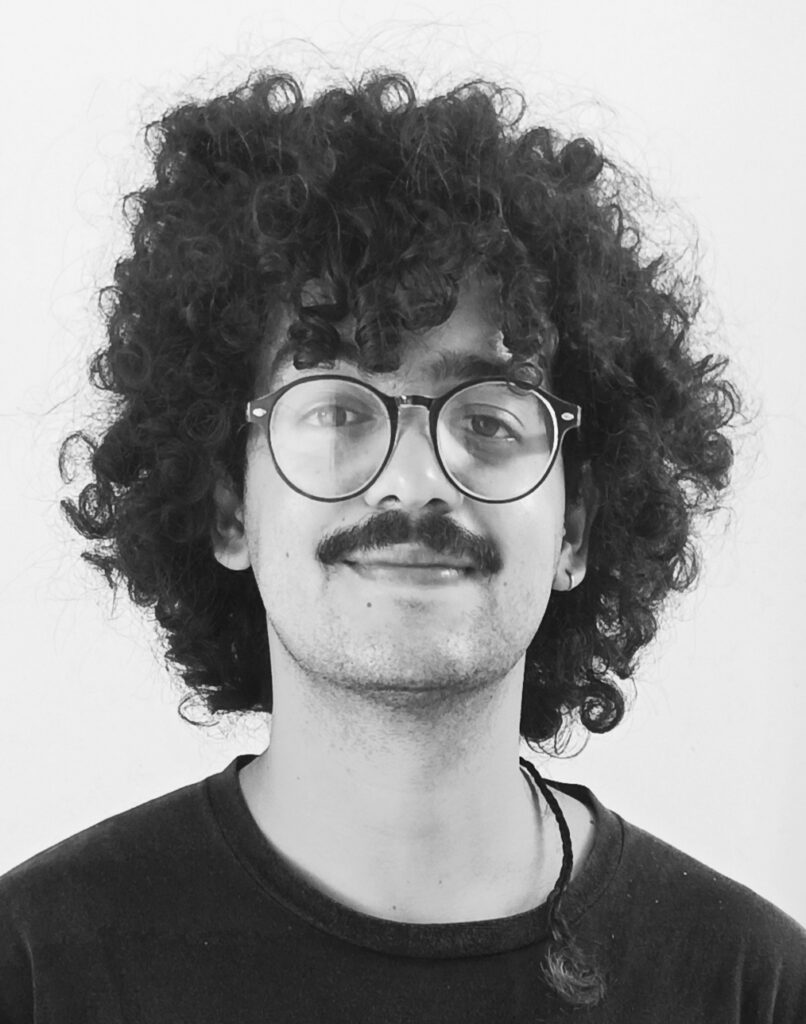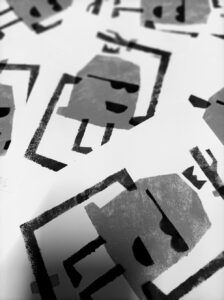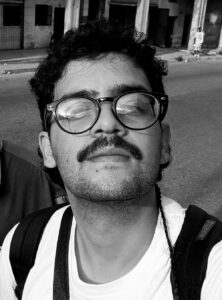
Interview with 100FOR10 artist Craigio Hopson
Craigio Hopson graduated from Kingston Upon Thames University in 1994 with a BA Hons degree in illustration and design.





Photos: Potto

Craigio Hopson graduated from Kingston Upon Thames University in 1994 with a BA Hons degree in illustration and design.

My name is KID, I’m 28 and I’m based in Lisbon, Portugal.